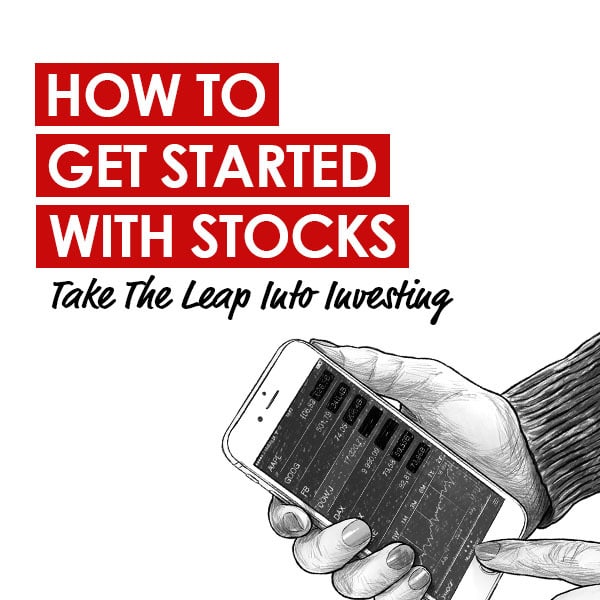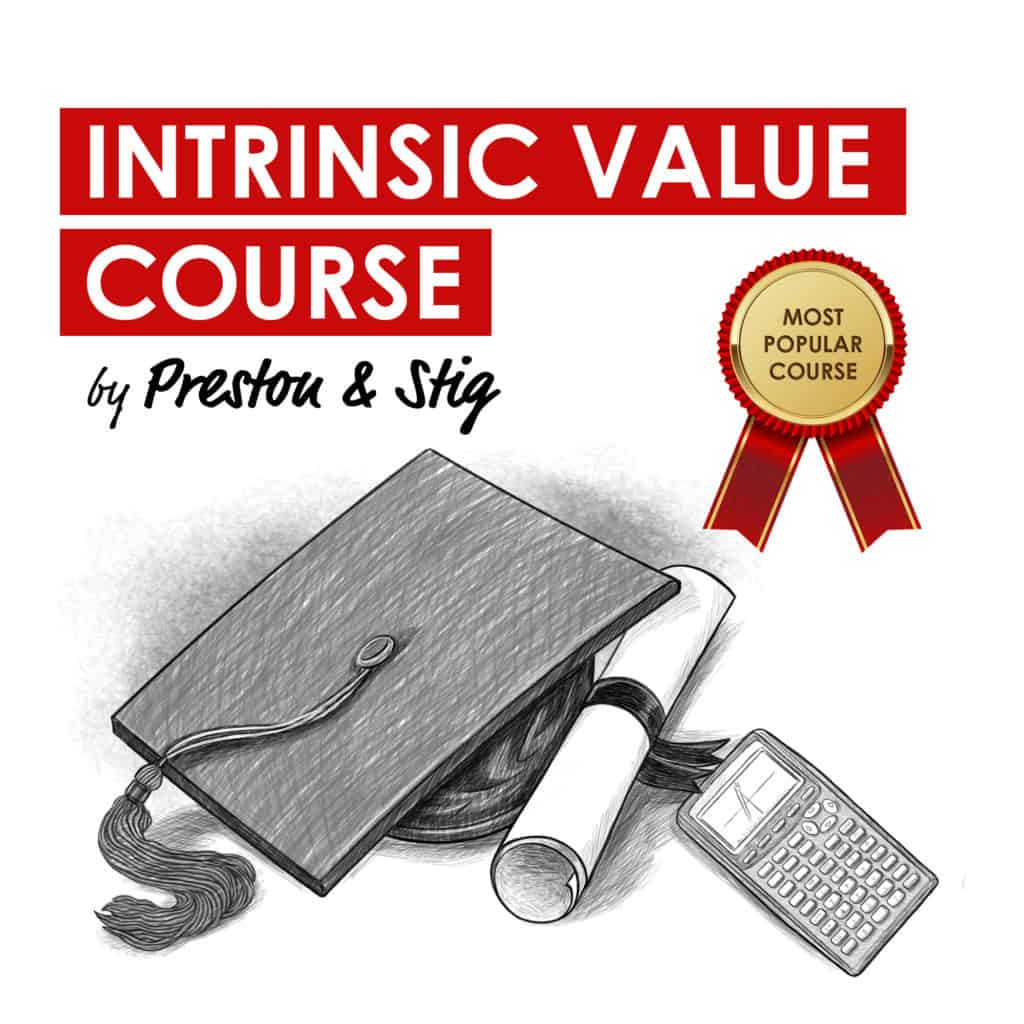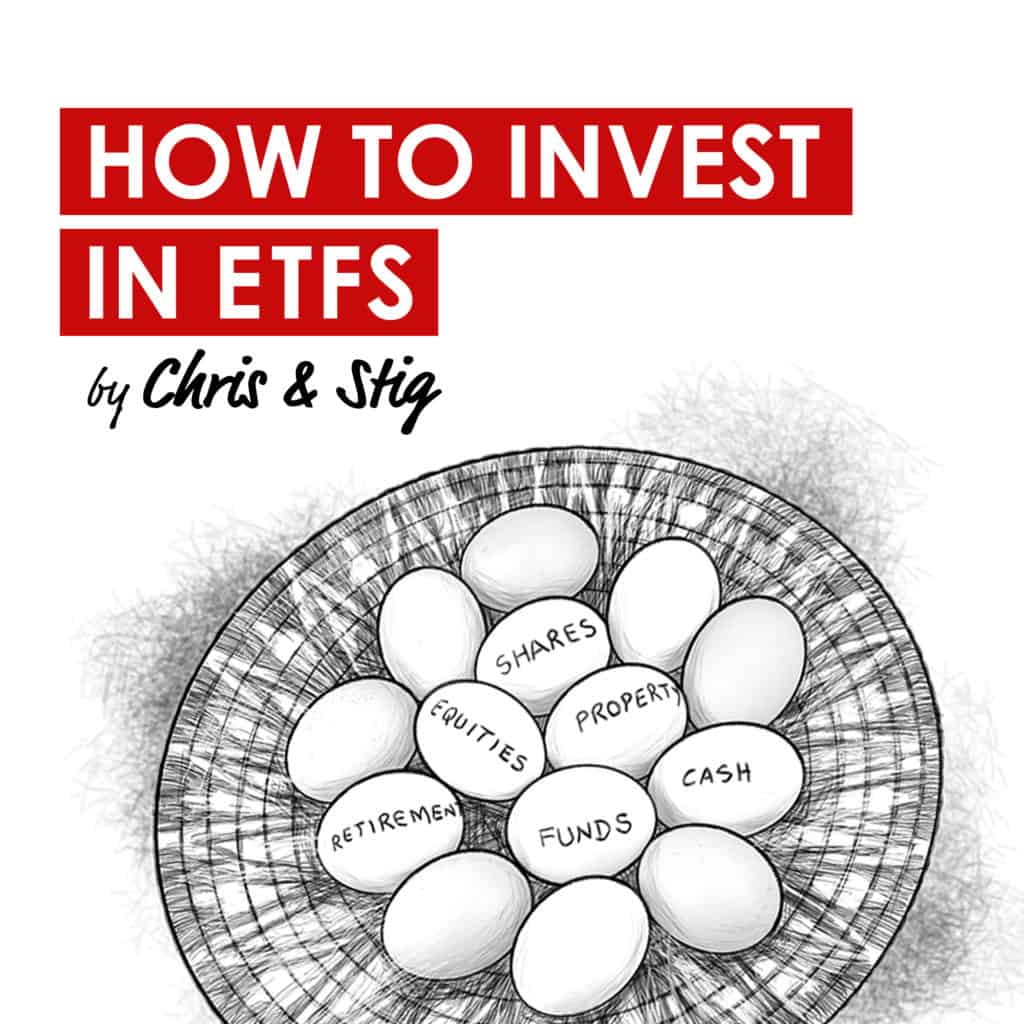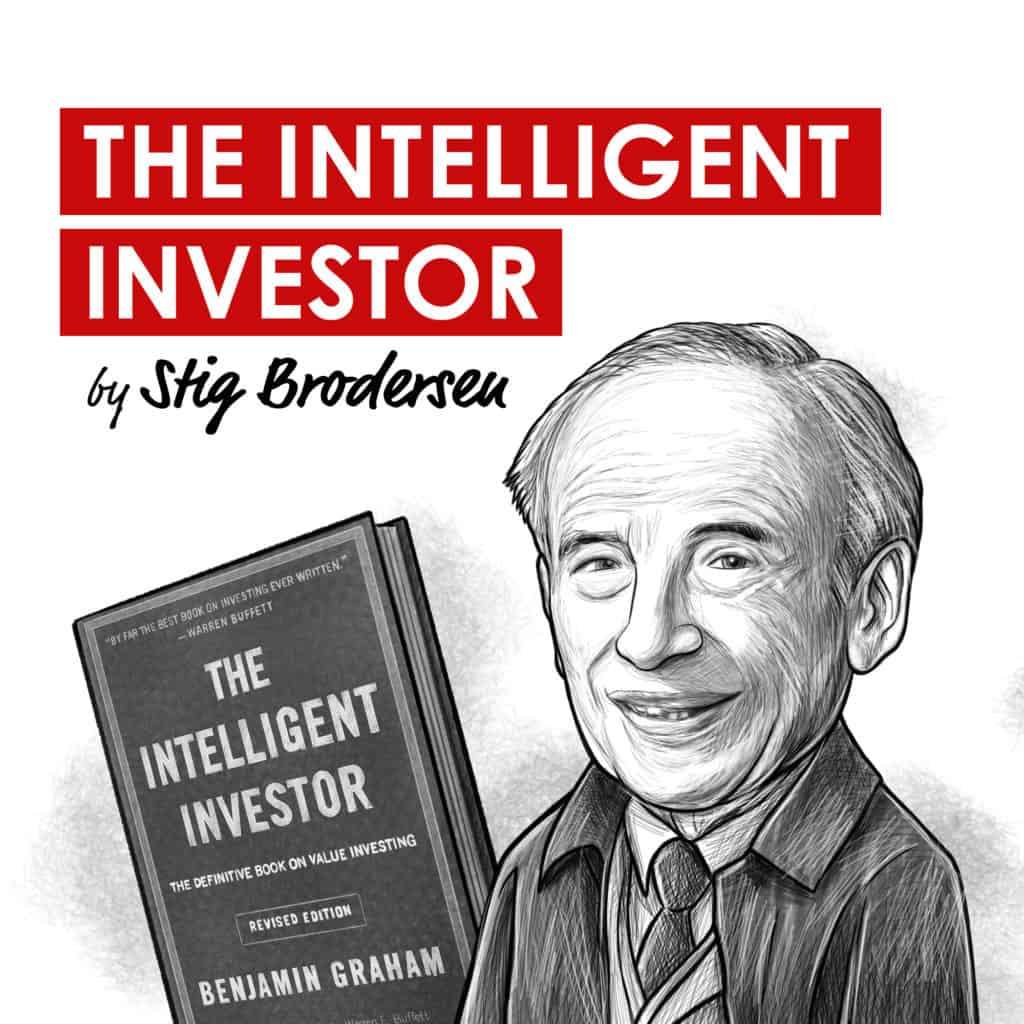TIP710: COMMON STOCKS AND COMMON SENSE
W/ KYLE GRIEVE
29 March 2025
On today’s episode, Kyle Grieve explores how common stocks, paired with contrarian thinking and an understanding of cycles, can generate strong returns. We’ll cover lessons Ed shares from his journey—like allowing for imprecise valuations and learning from disappointing investments. We’ll also look at the value of investing alongside great investors and acting decisively during market panics.
IN THIS EPISODE, YOU’LL LEARN:
- Why common stocks offer more than just solid returns.
- One mindset shift to sharpen your contrarian investing edge.
- Three questions that clarify any tough investing decision.
- How averaging up became Ed’s unfair advantage.
- The shortcut Ed uses to spot great investments.
- A turnaround playbook for deep value opportunities.
- Earnings, multiples, and perception: the formula behind significant returns.
- When bad investments still make you a better investor.
- Cyclicality decoded: spotting hidden patterns before the crowd.
- Ed’s surprising win in a sector everyone hates.
- And so much more!
TRANSCRIPT
Disclaimer: The transcript that follows has been generated using artificial intelligence. We strive to be as accurate as possible, but minor errors and slightly off timestamps may be present due to platform differences. [00:00:00] Kyle Grieve: Ed Wachenheim is an unknown investor with an impeccable track record. From 1998 to 2017, his fund, Greenhaven generated 19% returns before fees compared to the S&P 500’s annual return of just 7%. Now, what drew me to his book is simplicity, or as Ed calls it common sense. [00:00:17] Kyle Grieve: You won’t see any mention of complicated formulas or academic jargon in his book. Instead of overcomplicating investing, Ed focuses on what really matters using common sense to make quality investment decisions. Now, one of Ed’s first points in the book is just how good common stocks are. The historic returns are so good that if we just can avoid common emotional mistakes such as panic selling, we can accrue more wealth than we will ever need. [00:00:41] Kyle Grieve: Throughout this episode, we’ll go over several mistakes that Ed has observed in his decades in the market and made himself. Now, another hallmark of most great investors is the ability to just think differently. We will cover many companies that you’re gonna be familiar with, but most lack the glamor that you’ll see on the front pages of the news. [00:00:59] Kyle Grieve: Ed made much of his returns looking at relatively boring businesses, often in low growth industries. We’ll review his reasoning for his success in investing in companies that many would just avoid due to the stigma of low returns in mediocre industries. And this leads well into talking about the circle of competence. [00:01:16] Kyle Grieve: There are several examples where Ed believed management and even analyst forecast were incorrect. These are examples where he saw further upside because of his knowledge of the industry. Housing is one such industry that Ed knows like the back of his hand. So there have been times in his investing career where he had a contrarian opinion on a business inside of that industry and has been very successful placing bets where he just saw asymmetric upside. [00:01:40] Kyle Grieve: And just as important as being a contrarian is knowing when it’s crucial to change your mind. Ed asks three simple questions to help challenge his hypothesis when new information is released. We will review a case study using Ed’s framework to see how I navigated a 37% drawdown in one of my larger holdings. [00:01:57] Kyle Grieve: One trade of Ed I highly admire is his ability to sell out of a position only to reenter it later and succeed in both investments. I’ve never been able to do this, so we’ll cover how he managed to do this on IBM and a few potential lessons on how you can incorporate this into your own investing strategy. [00:02:13] Kyle Grieve: If you enjoy common sense, simplicity and paths to clear thinking, you’ll learn a lot from Ed’s lessons in this book. Now let’s dive right into this week’s episode. [00:02:25] Intro: Since 2014 and through more than 180 million downloads, we’ve studied the financial markets and read the books that influence self-made billionaires the most. We keep you informed and prepared for the unexpected. Now for your host, Kyle Grieve. [00:02:50] Kyle Grieve: Welcome to The Investor’s Podcast. I’m your host, Kyle Grieve, and today I’m coming at you solo discussing a highly underrated investing book, Common Stocks and Common Sense by Ed Wachenheim. I enjoyed the book so much because of its essence, which is common sense. I found Ed’s points very refreshing, especially when you see many other investors attempting to outsmart the market by using several esoteric investing concepts that I think just do more to confuse everyone, including themselves than to educate.
HELP US OUT!
Help us reach new listeners by leaving us a rating and review on Spotify! It takes less than 30 seconds, and really helps our show grow, which allows us to bring on even better guests for you all! Thank you – we really appreciate it!
BOOKS AND RESOURCES
- Join Clay and a select group of passionate value investors for a retreat in Big Sky, Montana. Learn more here.
- Join the exclusive TIP Mastermind Community to engage in meaningful stock investing discussions with Stig, Clay, Kyle, and the other community members.
- Read Common Stocks and Common Sense here.
- Check out all the books mentioned and discussed in our podcast episodes here.
- Enjoy ad-free episodes when you subscribe to our Premium Feed.
NEW TO THE SHOW?
- Follow our official social media accounts: X (Twitter) | LinkedIn | Instagram | Facebook | TikTok.
- Check out our We Study Billionaires Starter Packs.
- Browse through all our episodes (complete with transcripts) here.
- Try our tool for picking stock winners and managing our portfolios: TIP Finance Tool.
- Enjoy exclusive perks from our favorite Apps and Services.
- Stay up-to-date on financial markets and investing strategies through our daily newsletter, We Study Markets.
- Learn how to better start, manage, and grow your business with the best business podcasts.
SPONSORS
Support our free podcast by supporting our sponsors:
- HardBlock
- SimpleMining
- CFI Education
- Netsuite
- Vanta
- Found
- The Bitcoin Way
- Shopify
- Fintool
- Unchained
- Onramp
- TurboTax
- Fundrise
PROMOTIONS
Check out our latest offer for all The Investor’s Podcast Network listeners!







